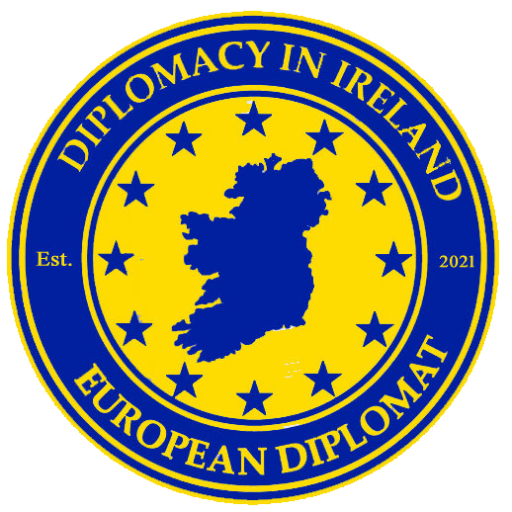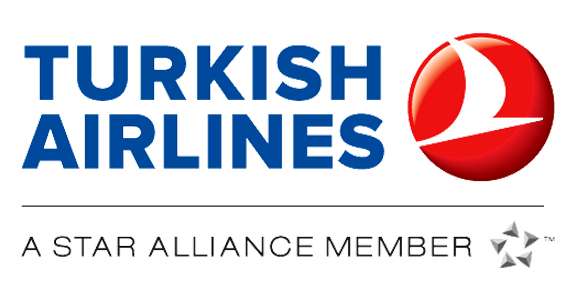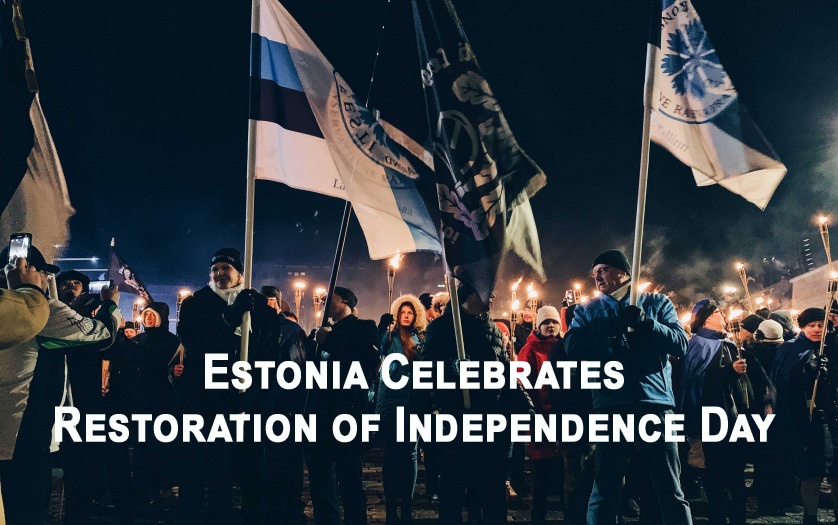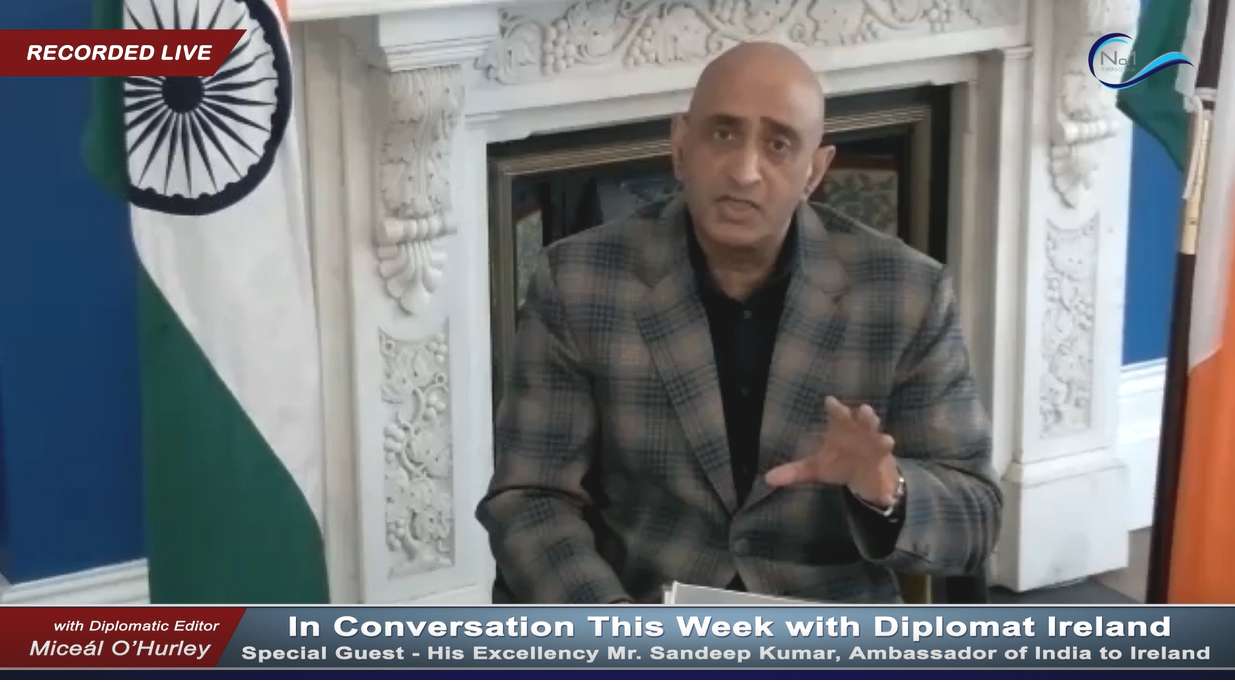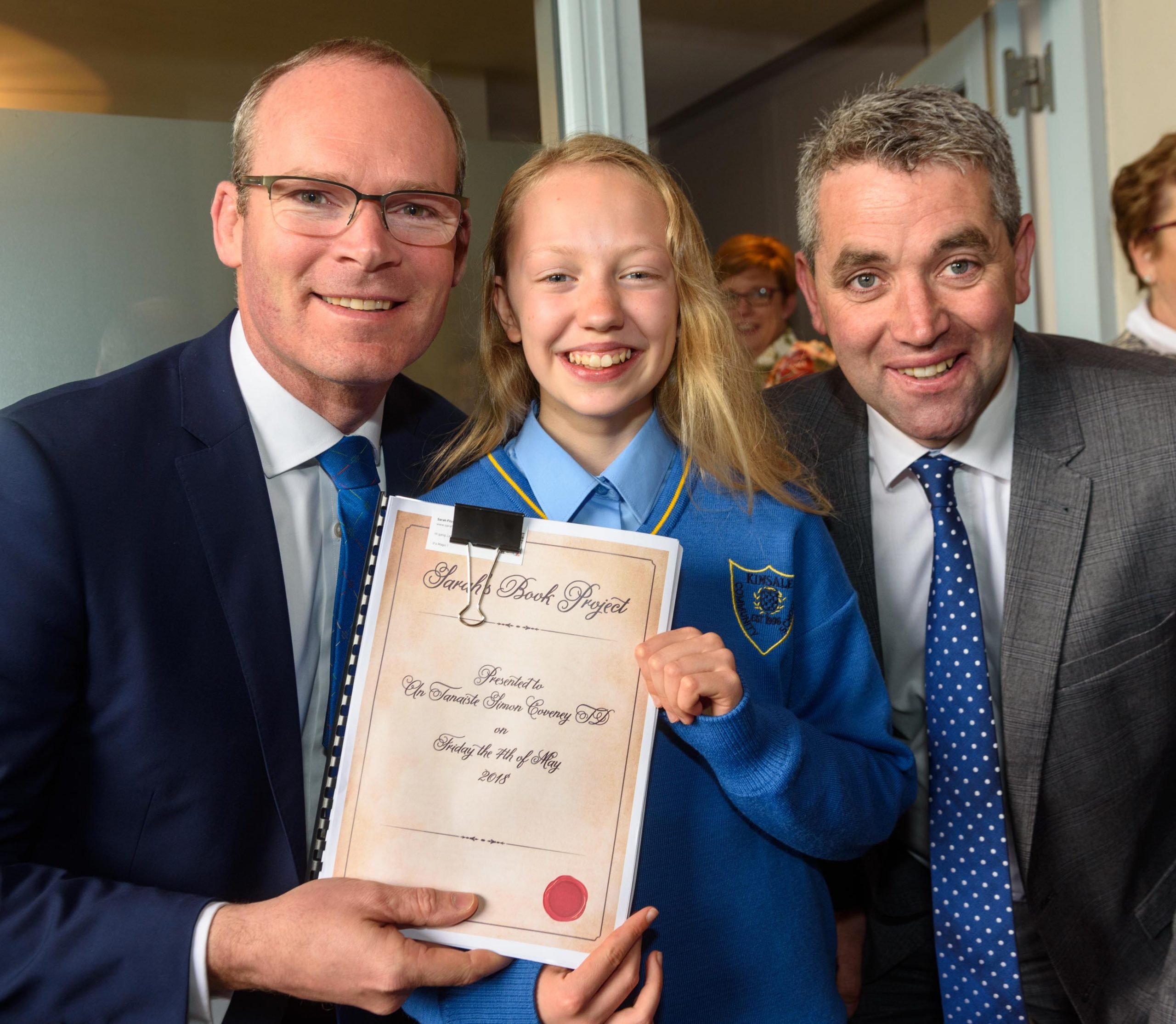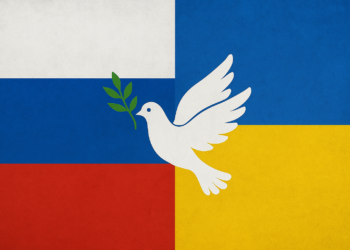by Miceál O’Hurley
Diplomatic Editor
DUBLIN — Each year the 20th of August is celebrated in Estonia as a public holiday known as the Estonian Restoration of Independence. To celebrate the holiday Estonians traditionally hoist the national flag at official government buildings and private residences. This year in Estonia the day will be marked with fireworks launched from the Tallinn TV Tower, a major landmark in the 1991 Restoration of Estonian independence. Fighter jets of the French Air Force will also perform low-altitude flyovers over Estonian cities to mark the occasion. The French Air Force jets are stationed in the Baltics as part of NATO’s Baltic air policing mission, operating out of Amari Air Base in Estonia. The Covid-19 pandemic and Storm Ellen have conspired to put a damper on celebrations in Dublin but Estonians throughout Ireland are intent on celebrating the holiday.
Estonia’s Restoration of Independence emerged from a bold and daring popular rising occurring in August 1991. Taking advantage of an attempted coup d’état by Communist hardliners in Moscow attempting to seize control from Mikhail Gorbachev, in the twilight hours of 20 August 1991, at 23:02 hours, a group of 69 Estonian politicians declared national independence. Estonian Independence ended forty-one years of Soviet repression. Former President Arnold Ruutel recounted the events of 20 August for Radio Free Europe in a 2016 interview:
The bold declaration of Independence by Estonian politicians took place despite the Moscow coup leaders having ordered Soviet paratroopers to seize the Tallinn TV tower all while columns of T72 tanks were surging across the countryside in the hope of quelling any hopes of Estonian independence from the Soviet Union.
Notwithstanding the significant military threat, Estonian politicians were bolstered by the unwavering, popular support of the Estonian people. Demonstrating remarkable courage, patriotic volunteers surrounded the TV tower and refused to be intimidated by the battle-hardened Soviet paratroopers. Members of Eesti Kaitseliit (the Estonian Defence League) – the unified paramilitary armed forces of Estonia who mission it has been to defende Estonian independence and sovereignty – stood ready to protect key buildings, such as the parliament at Toompea and the Estonian Public Broadcasting facilities.
Estonia’s stand for Independence succeeded and the Soviet ‘August Putsch’ coup d’état failed after Boris Yeltsin defiantly climbed atop one of the Soviet tanks on the streets of Moscow, rallying the Russian people to defeat the attempted coup. In the aftermath of the coup Gorbachev was able to return to Moscow and reassert power and more moderate policies were pursued, ensuring Estonia and other former Soviet Republics and Soviet Bloc countries could reassert self-determination. On 26 July 1994, Estonian President Lennart Meri and Russian President Boris Yeltsin signed a bilateral agreement for the complete withdrawal of Russian troops from Estonian territory, the culmination of years of negotiations.
On August 22, Iceland became the first country to formally recognise Estonia’s newly re-established independence. Sweden became the first country to open an embassy in Tallinn on August 29, and on September 6, the Soviet Union recognized Estonia’s independence. On September 17, Estonia joined the United Nations. Ireland was one of the first countries to recognise the Republic of Estonia, doing so on 27 August 1991. Diplomatic relations were established on 10 September 1991 (Ireland had never recognized Estonia’s annexation neither de jure or de facto). On 3 December 1991, Paul D. Dempsey, residing in Stockholm, was accredited as Ireland’s first ambassador to Estonia. He was succeeded by Dáithí O’Ceallaigh (1995-1998) and Gearóid Ó Broin (1999–2001), both residing in Helsinki. The first ambassador to reside in Tallinn was Sean Farrell (2001-2004).
Ireland continues to maintain an Embassy in Estonia. In recent years bi-lateral relations between Estonia and Ireland have continued to progress and increased trade, commerce, investment and tourism have marked growth. Beyond economic ties, Estonia and Ireland share robust cultural exchanges. In recent years at least a couple of major events introducing Estonian culture have taken place in different parts of Ireland. The University of Tartu shares significant cooperation with Trinity College, Dublin. The EU Erasmus program also helps to maintain strong relations between both Universities. In 2016, at the initiative of the Estonian Embassy in Dublin, and in cooperation with the Latvian and Lithuanian embassies, the annual Baltic Day festival was launched.
During the 100th anniversary of the Republic of Estonia in 2018, a concert by Estonian National Philharmonic Chamber Choir was performed in Dublin with Estonia’s Prime Minister Jüri Ratas attending the concert and reception. In April 2018, the Estonian-Irish duo Kärt Ruubel/Neasa Ni Bhriain performed in Dublin. RTÉ Radio has also featured Maria Nuut performing at the Bray Jazz festival. Other Estonian artists such a Doris Kareva performed at the 2019 Cork International Poetry Festival and the Tartu Brass Band has been featured in both Dublin and Limerick as well. Many Estonian choirs have performed at Cork Choir Festival. Conductors Eri Klas and Paul Mägi, Kristjan Järvi and Tõnu Kaljuste have worked with Irish orchestra and performances of composer Arvo Pärt’s music in Ireland are frequent. In 2008, the annual RTÉ Living Music Festival was dedicated to the renown Estonian composer.
According to the Ministry for Foreign Affairs there approximately 3,000 Estonians living in Ireland. The Estonian community in Ireland is very active, but no common Estonian Society or association has been founded. The Estonian Cultural and Sports Society was created in August 2012, and an Estonian school in Dublin opened in September 2012. Additionally, a female folk dance group, Iiris, was founded in Dublin in 2011. In April 2009, an Estonian family society, Üheskoos, was created in Cork to bring together the Estonian families living in the area.
Ms. Aino Lepik von Wirén presented her credentials and letters of credence extraordinary and plenipotentiary as Ambassador of the Republic of Estonia to Ireland to President Michael D. Higgins on 4 September 2019. Educated at The French International School in Stockholm (Sweden), furthering her legal education at the University of Surrey (U.K.) and at Stockholm University (law), Ambassador Ainoto Lepik von Wirén discharged numerous positions of trust and confidence in Government from serving as a Prosecutor to a legal advisor to the nascent Government of the Republic of Estonia before entering the foreign service. Amongst other assignments, Ambassador von Wirén served as the Representative of Estonia in the Human Rights Committee of the Council of Europe as well as serving as Director General of the Department for European and Transatlantic Cooperation before serving as the Estonian Director General of the Department for European Affairs of the Ministry of Foreign Affairs. She has represented Estonia in several Ambassadorships including Portugal, Israel, the United Kingdom of Great Britain and Northern Ireland, and now as Ambassador to Ireland.
